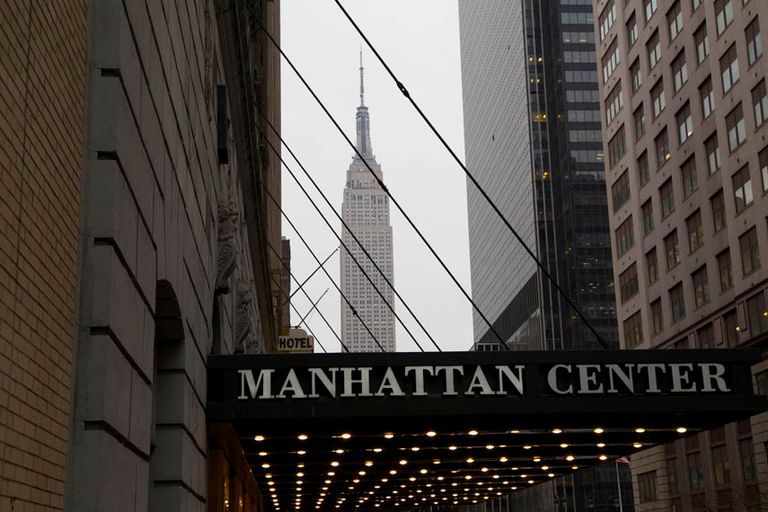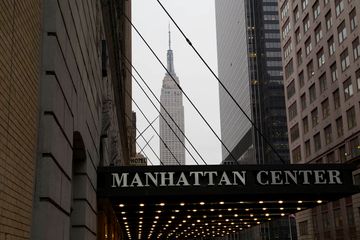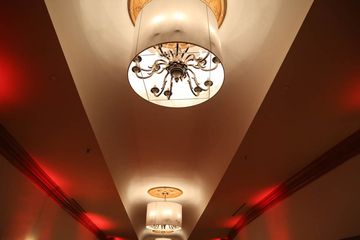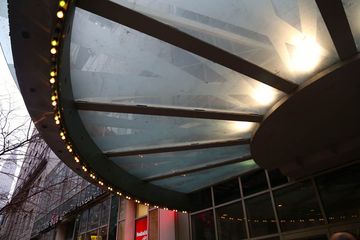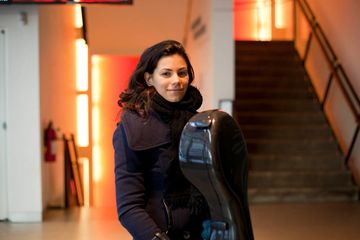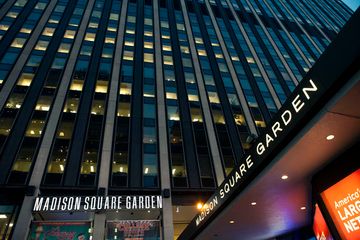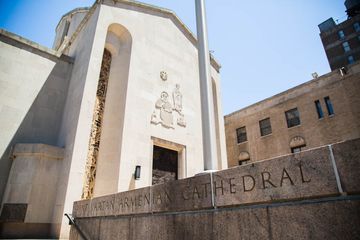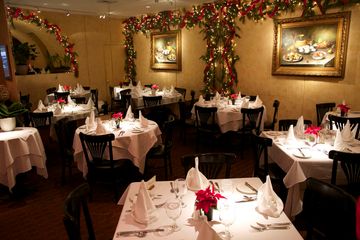New York City means a lot of things to a lot of people. For many members of the Sideways team, it means nothing if not basketball. But while the game historically flourished in and even helped define life in (parts of) the City, it is nowhere near its historical apex these days. Perhaps the playground ‘ball is as lively as it ever was. But the New York Knicks, the currently flawed tenants of Madison Square Garden, have not won an NBA championship in thirty years. Once beloved for its prowess, the team now seems more beloved for its power to inspire griping and grumbling among its loyal fans. Throughout it all, though, the Garden has remained a hallowed basketball ground, a place that has inspired basketball luminaries to some of their most electrifying performances. It is, perhaps, basketball’s most storied arena. The Garden wears many hats. The New York Rangers, the City’s NHL team, also calls this arena home. Musicians and stage performers come through here on tour (with Billy Joel recently being named the Garden’s first entertainment franchise, essentially a musician-in-residence), college basketball tournaments (and Saint John’s home games) are played, even wrestling events. Underneath, meanwhile, lies the transportation hub that is Pennsylvania Station. Once upon a time, this station was a beautifully built, high-ceilinged architectural masterpiece, an elegant way to arrive into Manhattan. It was torn down, however, in 1963, replaced by a much less grand iteration. (This loss of a great landmark was perhaps inspirational in the movement to preserve the beautiful Grand Central Terminal. ) Now, the future of the entire complex is up in the air as many are pushing for a new Penn Station. The Garden, meanwhile, has a ten-year operating permit, at the end of which, it may be forced to move.
